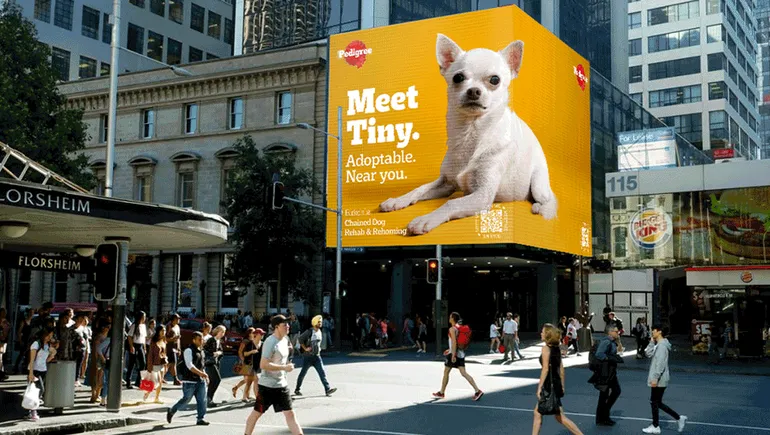
Burger King’s moldy Whopper ad sparks visceral reactions, but scores on subversion
Dive Brief:
- Burger King’s new ad depicting the chain’s signature Whopper sandwich growing mold after prolonged exposure received a mixed response from consumers, but could still be a successful ploy by the brand, according to an Ace Metrix analysis shared with Marketing Dive.
- In terms of desire stoked in a general group of consumers, Ace Metrix found the creative landed 36% below average QSR advertising benchmarks. Over one-fourth of viewers (26%) were actively turned off to purchasing from Burger King due to the ad that shows a Whopper accumulating mold over 34 days. Emotional reactions were similarly negative, with the moldy Whopper strongly evoking feelings like “Gross,” “Inappropriate” and “Ridiculous.”
- But visceral responses resulted in the ad capturing attention levels 10% higher than the QSR norm when viewed to completion. Burger King’s central message — that the Whopper grew moldy because it had no artificial preservatives — was also well communicated and ranked as the “single best thing” about the ad among those surveyed.
Dive Insight:
Burger King had another controversial ad on its hands with the buzzy launch of the moldy Whopper campaign last week. The brand still appears to be winning in some key areas with creative that uses a gross-out concept to promote the message of shifting to a more natural Whopper offering. The “Moldy Whopper” spot accumulated more than 1.7 million YouTube hits at press time following its Feb. 19 debut.
The ad scoring low in terms of driving desire isn’t too surprising given the concept’s central focus on rotting food. Leaning into an idea sure to stoke a gut-level reaction in many viewers helped boost the ad’s ability to capture attention and communicate that Burger King is introducing a Whopper free of artificial preservatives, colors and flavors to its restaurants. More than 400 restaurants already offer the new Whopper, and Burger King plans to bring the item to all U.S. locations by the end of the year.
There are still some ways a mold-minded strategy could backfire, according to Ace Metrix. The firm suggested that Burger King would be wise to not place moldy Whopper ads too close to store locations to avoid putting off potential customers. Several anonymous survey respondents indicated the ad was too gross for its own good, even if it did succeed in conveying a message.
Burger King’s effort was subversive in other respects, aligning with campaigns from the brand that are focused on disruption and taking swipes at fast-food competitors. Three percent of viewers surveyed by Ace Metrix made a direct connection to McDonald’s despite Burger King never mentioning its chief rival in the campaign.
McDonald’s has come under fire in years past for how its food doesn’t appear to decompose as one would expect. The chain behind the Golden Arches has made a push for more natural offerings, including a fresh beef Quarter Pounder, in recent years. But some consumer skepticism lingers, and possibly provided an opportunity for Burger King to pounce.
“Wow, very eye-opening ad directed at McDonalds [sic],” wrote one male in the 21-35 demographic responding to Ace Metrix. “I think this will be a good one.”





